High-Grade Sodium Dihydrogen Phosphate Monohydrate: Why It’s Essential for Food, Pharma & Labs
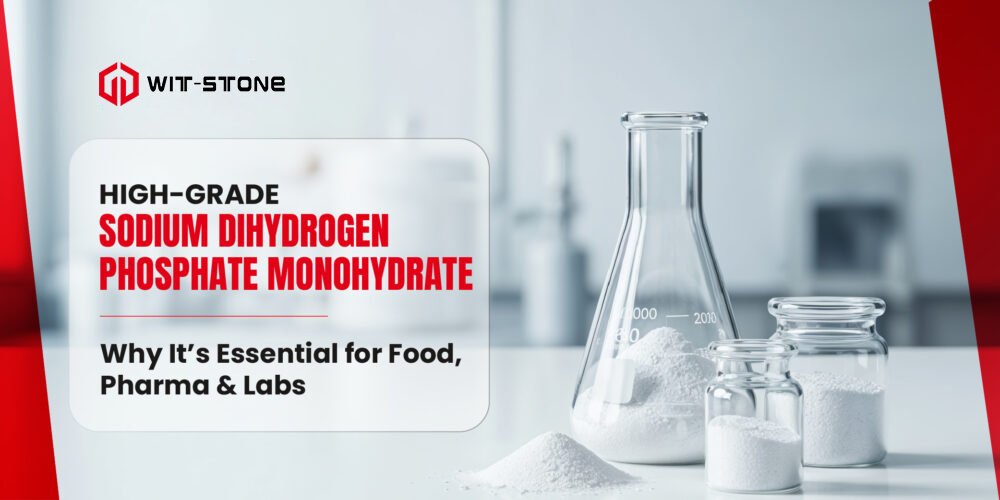
From stabilizing the texture of your favorite processed foods to balancing pH levels in pharmaceutical formulations and laboratory buffers, Sodium Dihydrogen Phosphate plays a quiet yet essential role across various industries. Yet, it’s often overlooked, despite being a behind-the-scenes hero in countless processes. Whether you’re a procurement professional, a quality analyst, or simply curious about the chemicals shaping our world, understanding NaH₂PO₄·H₂O can help you make smarter sourcing and application decisions.
Mining Chemicals Market Reaching USD 20.3 Bn by 2034

The Global Mining Chemicals Market is growing fast, driven by increasing demand for minerals and metals across industries like construction, automotive, and electronics. In 2024, the market was valued at USD 11.8 billion, but it is expected to reach USD 20.3 billion by 2034, growing at a steady CAGR of 5.6%.These chemicals play a crucial role in enhancing efficiency and recovery rates across the global mining sector.
Calcium Chloride Anhydrous: The Unsung Workhorse of Modern Industry
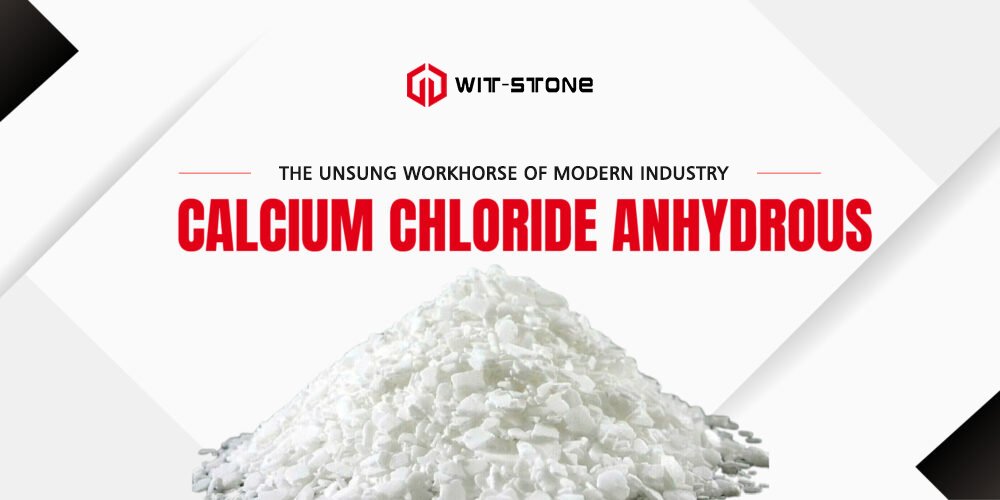
When it comes to chemicals that quietly make a big difference in our daily lives, Calcium Chloride Anhydrous deserves more recognition. From melting ice on winter roads and stabilizing construction projects, to extending the shelf life of food and keeping industrial processes running smoothly, its applications are both broad and vital. In this article, we’ll take a closer look at what Calcium Chloride Anhydrous is, its defining properties, and why businesses across diverse industries depend on it.
Magnesium Sulphate Heptahydrate: Properties, Benefits & Diverse Applications
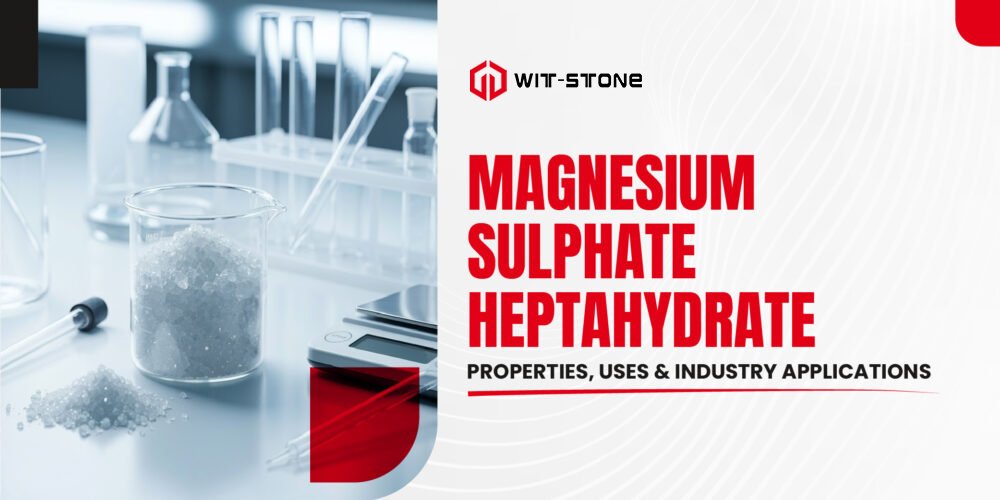
Magnesium Sulphate Heptahydrate plays a vital role in countless industries. Commonly recognized in its refined form as Epsom Salt, this seven-hydrate crystal is far more than a household remedy — it’s a critical raw material in pharmaceuticals, food processing, agriculture, water treatment, and industrial operations. In this guide, we’ll explore its chemical profile, physical characteristics, practical uses, and the reasons why quality and compliance are essential when sourcing this versatile compound.
Natural and Versatile Chemical Raw Material — Pine Oil
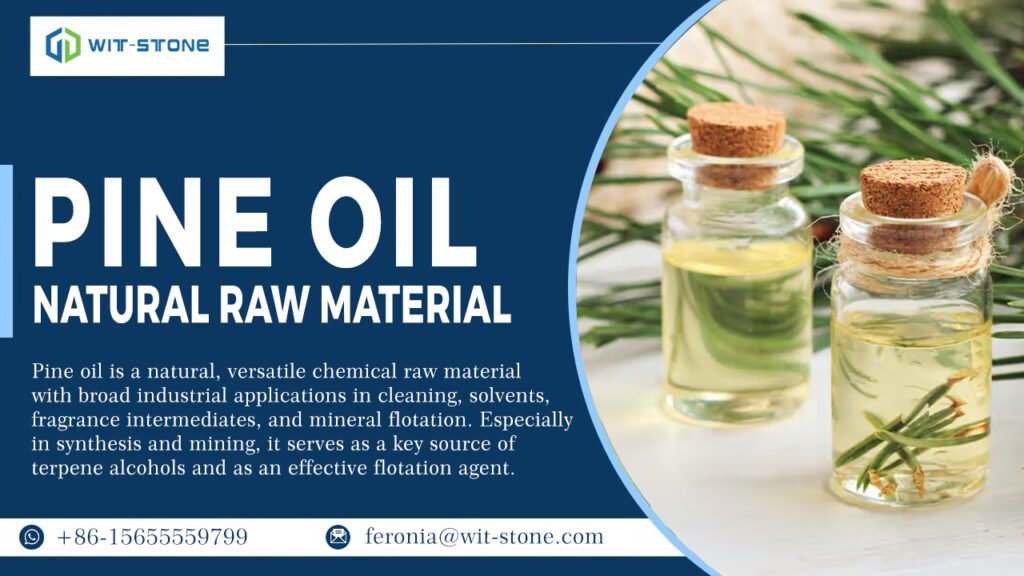
Pine oil is a terpene alcohol mixture extracted from parts of pine trees—typically Scots pine (Pinus sylvestris). Its primary components include α-terpineol, β-terpineol, and other cyclic terpene phenols and olefins. Pine oil is typically graded into 50%, 65%, 70%, and 85%, indicating the percentage of terpene alcohol content. Higher grades offer increased purity, stronger fragrance, and enhanced disinfecting performance.
Do You Know Methyl Isobutyl Carbinol (MIBC)?
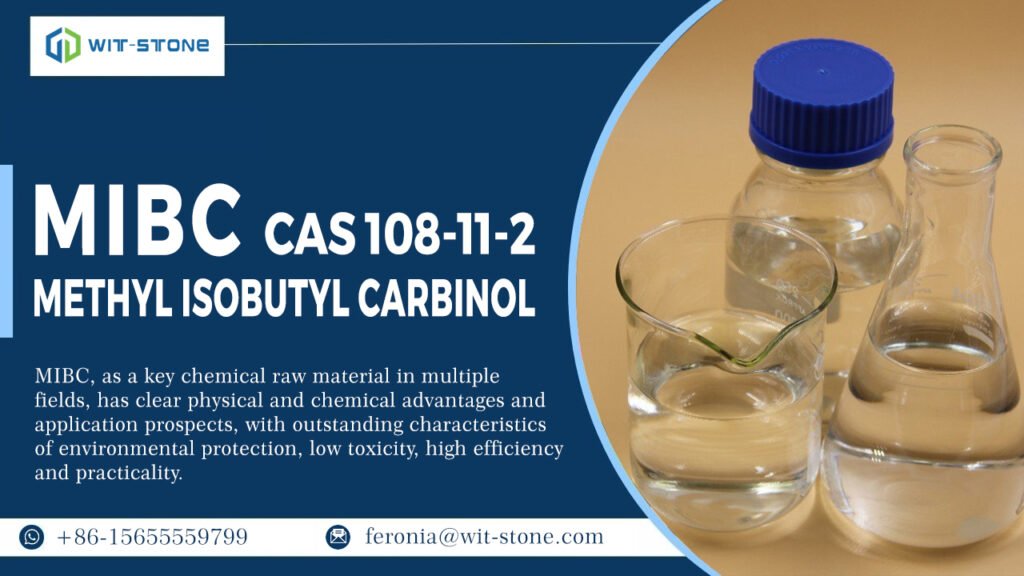
Methyl Isobutyl Carbinol (MIBC), also known by its chemical name 4-Methyl-2-pentanol (CAS No. 108-11-2), is a colorless to pale yellow transparent branched secondary alcohol with a mild alcohol-like odor. As a key chemical raw material in multiple fields, has clear physical and chemical advantages and application prospects, with outstanding characteristics of environmental protection, low toxicity, high efficiency and practicality.
Sodium Nitrate: Properties, Applications, and Safe Handling
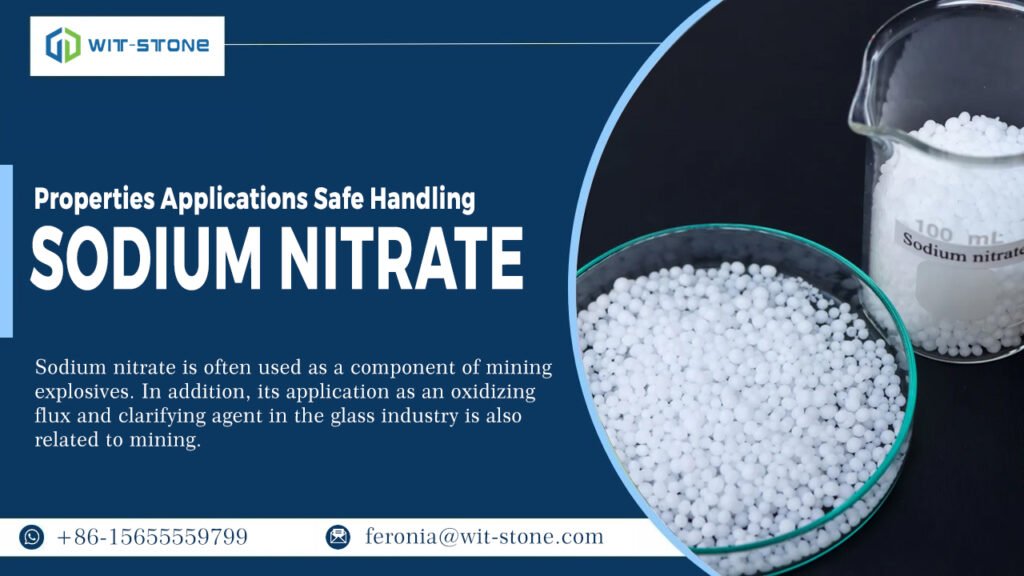
Sodium nitrate (chemical formula: NaNO₃), commonly known as “Chile saltpeter”, is a white powder or colorless crystal. It has a molecular weight of approximately 85, a density of 2.257 g/cm³, and a melting point of about 306.8 ℃.Sodium nitrate is often used as a component of mining explosives. In addition, its application as an oxidizing flux and clarifying agent in the glass industry is also related to mining.
Important Chemical Product: Overview of Sodium Cyanide
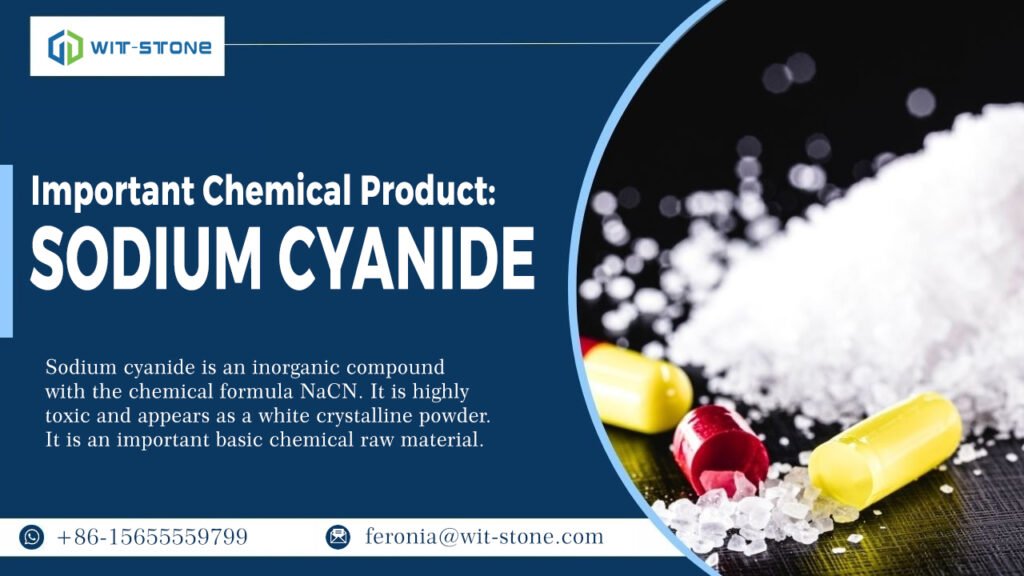
Sodium cyanide remains an irreplaceable chemical in metal treatment and mining operations due to its excellent complexing capabilities and high extraction efficiency for gold and silver. With strict adherence to safety and compliance, sodium cyanide will continue to deliver vital value in electroplating, mining, and other industrial sectors, supporting efficient development across the chemical supply chain.
Comparison Between Caustic Soda Pearls and Caustic Soda Flakes
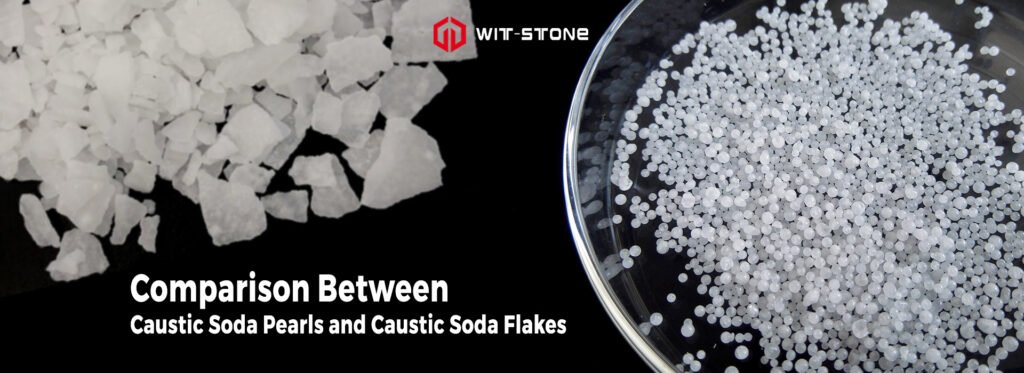
Caustic soda flakes and caustic soda pearls are both sodium hydroxide (NaOH), commonly known as caustic soda or lye. They share identical chemical properties with strong alkalinity.
Caustic Soda Flakes: White, opaque, thin or flake-like pieces with irregular sizes.Caustic Soda Pearls: Small, uniform spherical granules, similar in size to fish eggs or caviar.These physical differences result in significant variation in terms of packaging, handling, dissolution, and metering.
What is Copper Sulphate and What Is It Used for?
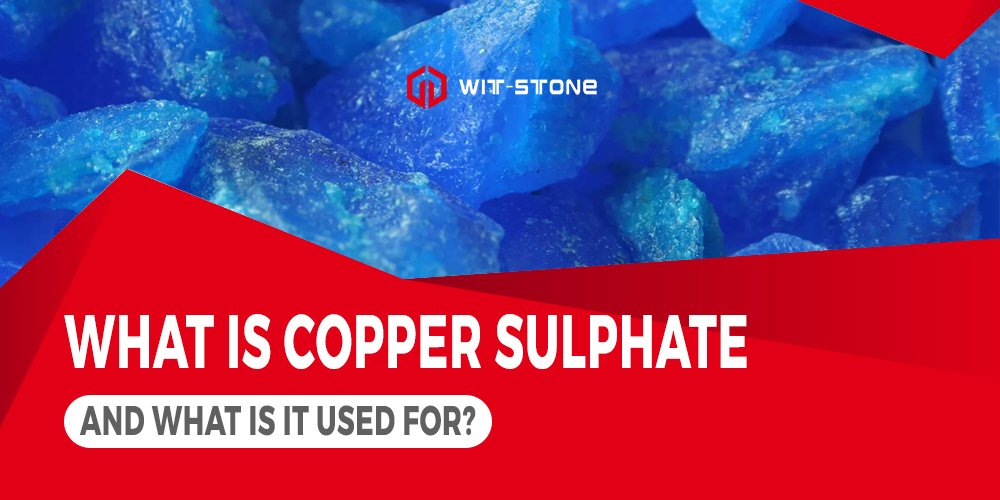
Copper sulfate (copper(II) sulfate, CuSO₄) is an inorganic compound existing in both hydrated and anhydrous forms. The pentahydrate, CuSO₄·5H₂O, is the most common and is recognized by its vivid blue crystals (historically known as “blue vitriol”). Anhydrous CuSO₄ appears as a white or grayish-white powder .

